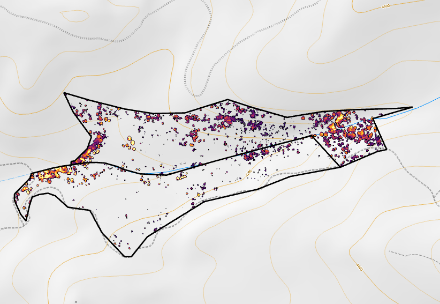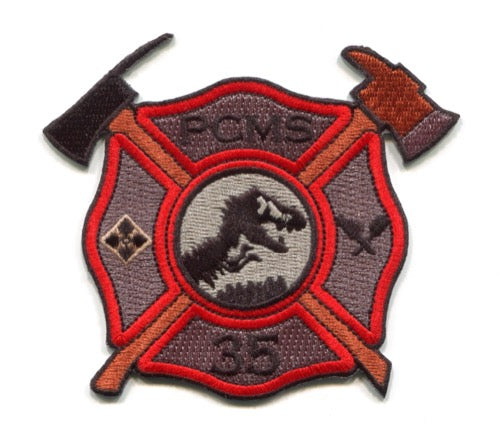
A protocol for canopy cover monitoring on forest restoration projects using low-cost drones
Remotely piloted aircrafts (RPAs) are becoming well-known for monitoring forest restoration (FR). Canopy cover percentage on a restoration site is a major indicator for the early phases of FR. We present a protocol to evaluate canopy cover using low-cost RPA and a friendly computational environment. We tested the protocol in six FR projects in the Brazilian Atlantic Forest. After processing the images automatically to generate the digital surface model and the digital terrain model, the canopy cover is measured in QGIS by considering height thresholds in the canopy height model. The results had F 1 values higher than 0.9, which confirms a robust methodology that does not require specific computer science or remote sensing skills. Thus, low-cost RPA proved to be accurate and user-friendly in measuring the canopy cover, which improves monitoring during most FR stages. Such finding plays an important role in FR policies and future works must study a user-friendly protocol for measuring tree height via low-cost drones.

These 14 businesses are growing money on trees

Study on the evaluation method and application of logging irreducible water saturation in tight sandstone reservoirs

Workflow diagram summarizing the steps for ITD and validation.

Dronecoria: Drone for Forest Restoration : 7 Steps (with Pictures

Evaluating the feasibility and potential of unmanned aerial vehicles to monitor implementation of forestry best management practices in the coastal plain of the southeastern United States - ScienceDirect

Overview of eco-environmental impact of Xiaolangdi Water Conservancy Hub on the Yellow River

Seamless integration of above- and under-canopy unmanned aerial

Pike Lumber Company forest plots for timber production (outlined in

Appropriated protection time and region for Qinghai–Tibet Plateau grassland

A protocol for canopy cover monitoring on forest restoration

Using drones for restoration planning

The spatial prediction and optimization of production-living-ecological space based on Markov–PLUS model: A case study of Yunnan Province

Spatial planning concept for flood prevention in the Kedurus River watershed

The technical route for estimation of canopy cover using unmanned

Forest restoration: from Stone Age to drone age









